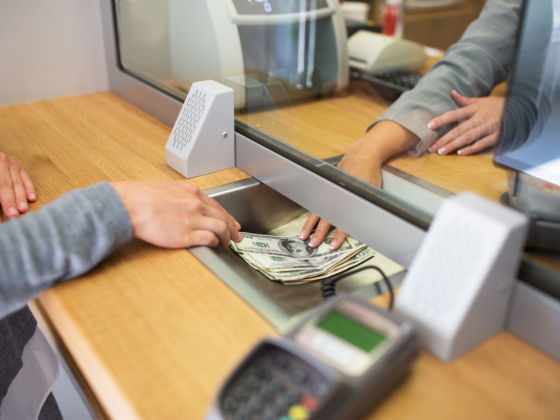During a recent trip to Paris, one of my companions said he needed to find a bank to change money. No, you don’t, I said. Changing money is so last century — like travelers’ checks and bank drafts.
Use an ATM, I advised. It’s the easiest way to get a good exchange rate without getting whacked with a big fee.
He declined, saying he was afraid of identity theft. Understandable — but there are ways to minimize exposure. I use a no-fee debit card linked to a separate checking account in which I keep only enough to cover my trip plus some online bill payments. And I only use the ATMs at branches of well-known foreign banks; in Paris that was BNP Paribas. Just as I do at home, I avoid the freestanding machines in cafes or convenience stores; they’re likely to charge a big fee and are probably easier to tamper with.
